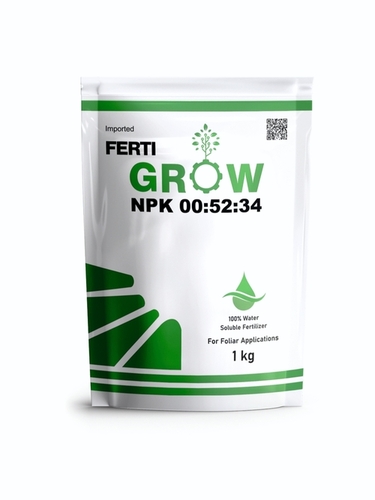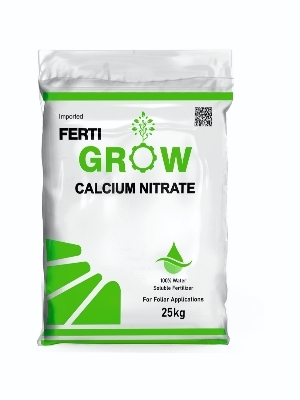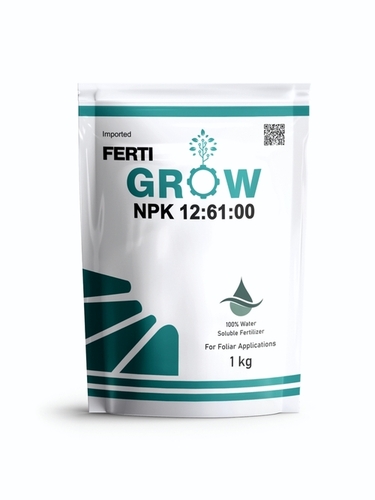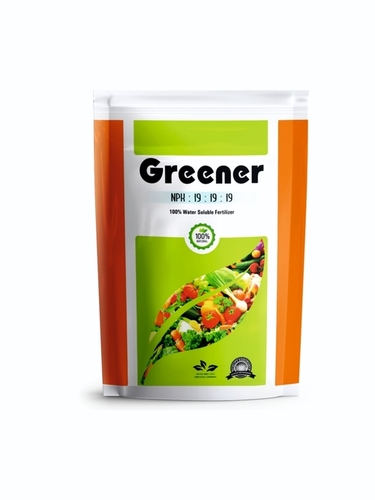- Home Page
- Company Profile
-
Our Products
- Insecticide
- Thiamethoxam 12.6 Lambda Cyhalothrin 9.5 Growlika
- Thiamethoxam 25% WG Insecticide
- Lambda Cyhalothrin 5% EC Insecticide
- Cypermethrin 10% EC
- Imidacloprid 30.5% SC
- Emamectin Benzoate 5% SG Insecticide
- Chlorpyriphos 10% GR
- Chlorpyriphos 50% EC and Cypermethrin 5% EC Insecticide
- Fipronil 40 Imidacloprid 40 WG
- Dimethoate 30%
- Neem oil
- Profenofos 40% Cypermethrin 4% EC Insecticide
- Cypermethrin 25% EC Insecticide
- Chlorpyriphos 20% EC Insecticide
- Monocrotophos 36% SL Insecticide
- Malathion 5% DP
- Malathion 50% EC
- Imidacloprid 17.8% SL
- Chlorpyriphos 50% EC Insecticide
- Lamda Cyhalothrin 4.9% CS Insecticide
- Fungicide
- WEEDICIDES
- Wetting Agent
- Plant Growth Promoters
- MICROBIAL
- SOIL APPLICATION
- Fertilizers
- BIO PEST CONTROL
- Insecticide
- Contact Us
Magnesium Sulphate
Product Details:
- Classification Nitrogen Fertilizer
- Chemical Name Other
- Other Names Carbamide
- Type NPK
- Physical State Powder
- Release Type Slow
- Application Agriculture
- Click to View more
X
Magnesium Sulphate Price And Quantity
- 25 Kilograms
Magnesium Sulphate Product Specifications
- Agriculture
- For Soil
- NPK
- Slow
- Carbamide
- Other
- Yellow
- Nitrogen Fertilizer
- Powder
Magnesium Sulphate Trade Information
- 25 Kilograms Per Week
- 10 Days
- 25kg, 1kg bag
- All India
Product Description
Magnesium sulfate, also known as Epsom salt, is a chemical compound that is commonly used as a fertilizer and soil amendment. It is made up of magnesium, sulfur, and oxygen, and has a variety of applications in agriculture, gardening, and medicine.
Here are some ways magnesium sulfate is used:
- Fertilizer: Magnesium sulfate is often used as a fertilizer to provide magnesium and sulfur to plants, which are important nutrients for plant growth and development.
- Soil amendment: Magnesium sulfate can be added to soil to improve soil structure and fertility. It can also help to correct magnesium and sulfur deficiencies in soil.
Enhance Crop Nutrition with Balanced NPK
Magnesium Sulphate (Carbamide) delivers a well-rounded NPK formulation, supporting optimal plant growth and development. Its nitrogen-rich composition ensures robust leaf and stem growth, while potassium and phosphorus contribute to flower, fruit, and root health. The inclusion of magnesium further aids chlorophyll production, maximizing photosynthesis efficiency.
Superior Application for Soil Health
Being highly soluble and released slowly, this yellow powder fertilizer is easy to apply directly to soil, ensuring even nutrient distribution. Its gradual nutrient release minimizes the risk of leaching, enhances nutrient use efficiency, and improves overall soil fertility for long-lasting agricultural productivity.
FAQs of Magnesium Sulphate:
Q: How is Magnesium Sulphate (Carbamide) used in agriculture?
A: This fertilizer is applied directly to soil, allowing its nutrients to be gradually released. It is typically distributed evenly around the root zone of crops and incorporated into the soil for optimal nutrient absorption.Q: What benefits does a slow-release NPK fertilizer provide to crops?
A: A slow-release formulation ensures that plants receive nutrients steadily over an extended period, reducing leaching and volatilization losses. This leads to healthier plant growth, improved yields, and more efficient fertilizer utilization.Q: When is the best time to apply Magnesium Sulphate fertilizer to the soil?
A: For best results, apply it at the start of the planting season or during active crop growth. This timing ensures plants can utilize available nutrients when they need them most for growth and development.Q: Where can Indian farmers source Magnesium Sulphate Nitrogen Fertilizer?
A: Indian farmers can obtain this product directly from reputable manufacturers and suppliers across India who specialize in agricultural fertilizers, ensuring consistent quality and supply.Q: What is the process of applying this yellow powder fertilizer?
A: Measure the recommended quantity, spread it uniformly on the soil surface or mix with the soil, and water thoroughly to help dissolve and integrate nutrients. Always follow dosage guidelines provided by the manufacturer for safety and effectiveness.Q: How does Magnesium Sulphate (NPK) benefit different types of crops?
A: Its balanced NPK and magnesium content support diverse crops by improving root development, chlorophyll production, and stress tolerance, leading to stronger, healthier plants and better crop outputs.Tell us about your requirement

Price:
Quantity
Select Unit
- 50
- 100
- 200
- 250
- 500
- 1000+
Additional detail
Mobile number
Email









